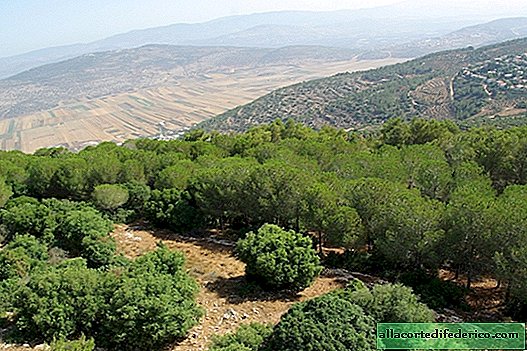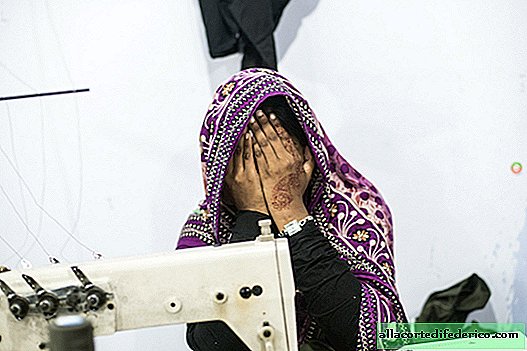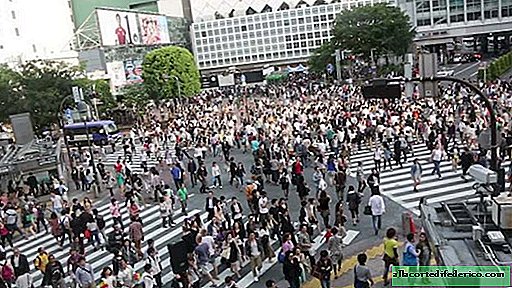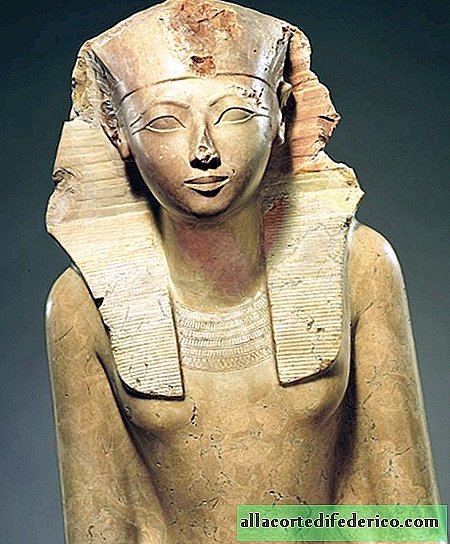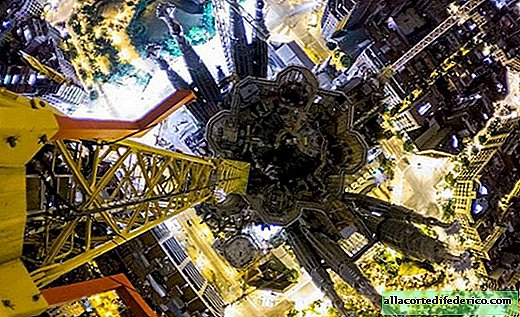The soul from the point of view of the Egyptians: what it consisted of
The idea of the human soul has fascinated humanity for millennia. Cultures around the world have sought to explain soul or spirit in a wide and exciting variety of ways. For believers and atheists, it is a symbol of man, and its loss is used as the plot of such works as Faust.
The ancient Egyptians had their own complex ideas about what the human soul is. They believed that it consists of 9 parts: Hat, Ba, Ren, Ka, Shuit, Ib, Ahu, Sat, Sehem. Eight of them were immortal, and the ninth was our physical body. All parts of the soul had their own unique functions, and, analyzing them, you can understand what the ancient Egyptians believed.
Hut - body
The ancient Egyptians believed that the physical form itself is part of the human soul and called this element khat. The body is a vessel in which all other parts of the soul are contained, being on Earth. This is one of the reasons why mummification has become so important for the ancient Egyptians - the preservation of the physical body actually preserved an important part of the soul. The body was a connection with the essence of man.
Ba - personality, psyche
 Ba, part of the human soul. Egyptian Book of the Dead
Ba, part of the human soul. Egyptian Book of the DeadBah, this part of the soul is closest to our modern ideas. It includes those qualities that make us unique. The Ba is shaped like a bird with a human head and moves between the world of the dead and the living.
This is our part that visits the places we loved. She is most associated with the body.
Wren - true name
 Wren
WrenThe ancient Egyptians received a name at birth, which was kept secret from everyone except the gods. This name was considered an extremely important and powerful part of the soul, capable of permanently destroying a person and his soul. Throughout life, a person was known only by a nickname so that no one could know the true name and gain power over a person.
Ka is the life force
 Ka Life force statue
Ka Life force statueKa was the life essence of a person who distinguished life from death. The Egyptians believed that the fertility goddess Hekat or the clan goddess Meshenet inhaled Ka into the body at birth. Ka is what made the new baby truly alive. The Egyptians believed that Ka was maintained throughout life through food and drink. They believed that even after death, Ka needed food. There was special utensils for offerings.
Shuit - shadow
 Ba's souls and Shuit’s shadow emerging from the tomb
Ba's souls and Shuit’s shadow emerging from the tombThe ancient Egyptians believed that the shadow is in fact a part of the human soul. As in many other cultures, the Egyptians also believed that shadow was associated with death. Shuit was believed to be a servant of Anubis, the Egyptian god of death. Shuit’s physical images were a human figure shaded all black.
Ib - heart
 Heart weighing
Heart weighingLike many of our contemporaries, the ancient Egyptians considered the heart to be the home of human emotions, the center of thought, will and intention. Through the heart, man gained access to eternal life. It was weighed by the gods on the scales. On one side is a heart, on the other is a feather of truth. If the heart outweighed, then access to the afterlife was closed. The heart was eaten by the demon Ammat.
Ahu - the immortal spirit
 God Anubis in charge of mummification
God Anubis in charge of mummificationAhu - that part of the soul that is responsible for immortality. The liberation of the soul is possible only if the funeral rites were performed correctly.
Sat (Sah) - Mummy

Sat is the mummy, the "eternal body."
Sechem - the vital energy of the soul
 Sheet from the Book of the Dead
Sheet from the Book of the DeadAnother element of the immortal spirit. The Egyptians believed that the strength of the soul can be increased. Strong Sekhem possessed priests, physicians, scientists. This energy was concentrated in a specific organ, if you cut it from the enemy and eat it, then your own Sehem will increase.


